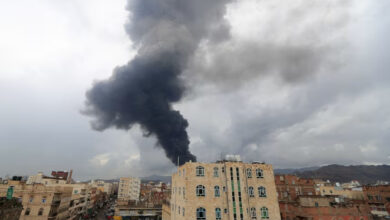
Water expert Abbas Sharawy announced that Ethiopia is preparing to begin the fifth filling of the Grand Ethiopian Renaissance Dam (GERD) reservoir in late July.
In a Facebook post, he provided details on the GERD’s reservoir levels and filling plans.
Abbas Sharawy wrote on Facebook: “The reservoir level of the Grand Ethiopian Renaissance Dam (GERD) has been steady at 35 billion cubic meters (BCM) since last February. The inflow of water from Lake Tana to the GERD is equivalent to the amount of water used for electricity generation.”
“The fourth filling of the reservoir was stopped on September 9, 2023, at a level of 41 BCM. Ethiopia then opened the dam’s spillway gates on October 31 and November 8, 2023, to lower the reservoir level and allow for the completion of concrete work on the middle spillway.”
“The gates were closed on January 27, 2024, after six billion cubic meters of water had been released and the reservoir level had dropped by 10 meters to 615 meters above sea level,” he stated.
He continued saying that Ethiopia did not utilize the water released from the GERD reservoir for electricity generation.
It expects to replenish the released water during the upcoming rainy season when the inflow exceeds the outflow from the turbines (50 million cubic meters per day).
The reservoir level is projected to return to its previous year’s level starting from July 20.
The fifth filling of the reservoir is scheduled to commence from July 20 to September 10, adding an estimated 23 billion cubic meters of water and raising the level to 640 meters above sea level.
Sharawy underscored that every cubic meter of water stored in Ethiopia’s GERD reservoir represents a reduction in Egypt’s water allocation.
While a portion of this stored water will be returned to Egypt when the turbines are operational, Egypt will continue to meet its daily water requirements from Lake Nasser during the filling period, regardless of the inflow from the White and Blue Niles.




